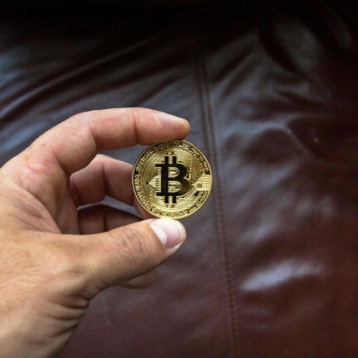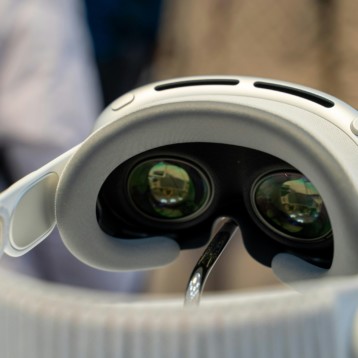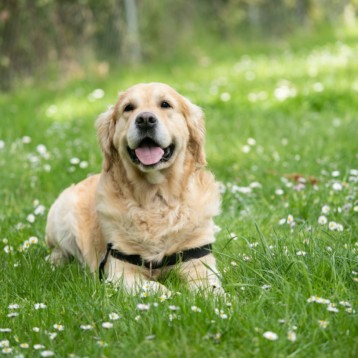|
Traditional fingerprint identification techniques involve scanning the prints and trying to find matching fingerprints stored in a database. The new system, developed at Warwick University, translates the detailed topological pattern of each fingerprint onto a standard coordinate system. This digitization process allowed the researchers to “unwarp” any fingerprint that was otherwise too distorted to be scanned. The fingerprints’ coordinates are stored much like coordinates are stored on regular topographical maps. After a clear digital representation of the fingerprint is entered into the system it can be matched to a pre-created “image space” – a database storing all other fingerprints. This method allows identifying new samples more quickly.
This new unwarping process is so effective that for the first time individual sweat pores can be compared. Since hundreds of sweat pores are densely packed on each fingerprint, it was impossible to conduct this sort of analysis with the previous techniques, and the identification process was much more complex. Another benefit of the new system is that it provides almost instantaneous results: the new “image space” makes the size of the database extremely small.
The University of Warwick researchers have founded a company named Warwick Warp Ltd.. The scientists also held a three day exhibition at the London Science Museum to test their technology. Dr Li Wang, Chief Technology Officer of Warwick Warp, said that with over 500 of the visitors the system was completely successful. Considering the fact that some of the visitors were children whose hands have finer features and who tend to move their hands during the scanning process, these success rates demonstrate the system’s accuracy.
The Warwick Warp scientists are currently exploring opportunities to commercialize their development: financial transaction, authorization and commercial access control systems are all possible applications. This new technology could also be utilized in ID cards, passports and border control systems.
In addition to helping police investigations, the identification technology developed by Warwick Warp founders Professor Roland Wilson, Dr. Abhir Bhalerao, and Dr. Li Wang from the University of Warwick’s Department of Computer Science, could serve as a basis for the development of new security technologies which are faster and more accurate.
TFOT has covered several biometric technologies in the past, including Fujitsu’s Palm Vein Technology, the Car Fingerprint Immobilizer and the Future Credit Card.
More information on Warwick Warp‘s technology can be found on the Warwick University official press release.











